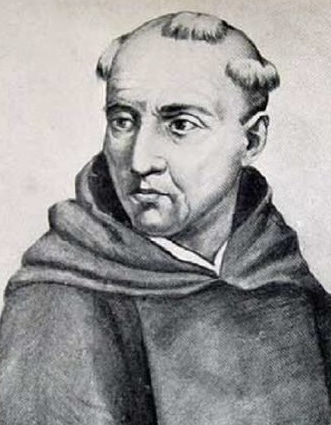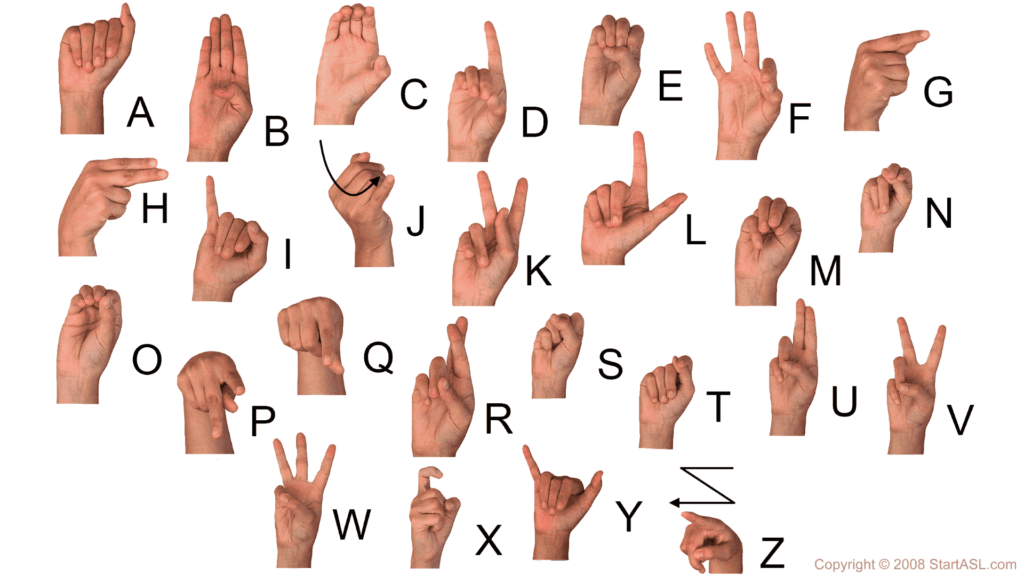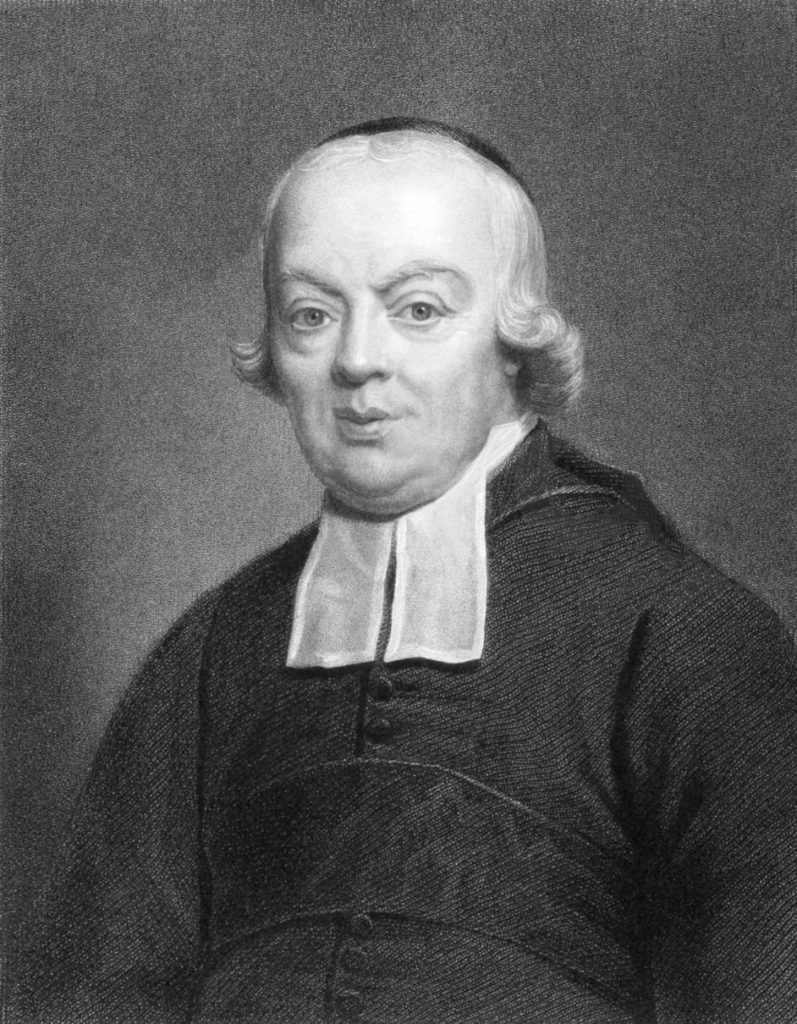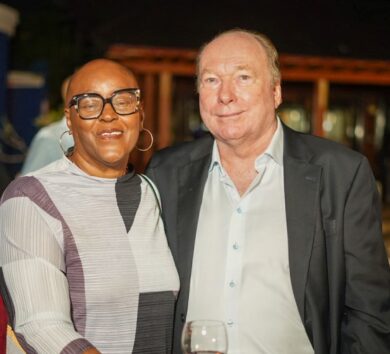

Hand gestures have long formed a part of how we communicate on a daily basis, especially within the verbally and auditory impaired community who use sign language to communicate.
From pointing to waving, we use the various movements of our bodies to help others understand how we are feeling or what we want to say.
However, deaf people did not always have the privilege of learning how to communicate.
In fact, a lot of their rights were stripped away because of their impairment.
In recognition of this, the World Federation of the Deaf is celebrating today (September 23) as International Sign Language Day, under the theme ‘Reaffirming Deaf People’s Human Right’.
According to the United Nations, more than 70 million people around the world are deaf and they should be awarded the same rights as the ‘average person’.
Rights of Deaf people taken away
In Ancient Greek, philosophers such as Aristotle believed that “men that are deaf are in all cases also dumb”.
As such, they were not allowed to sign wills because Roman law labelled them ignorant.

They were given this label under the presumption that they understood nothing “because it is not possible that they have been able to learn to read and write”.
However, everything changed when a Spanish monk decided that verbally and auditory mpaired should be awarded the opportunity to learn how to communicate with each other and those around him.
Pedro Ponce de Leon was a 16th Century monk who often used gestures to communicate with those in his monastery during periods of silence.
Inspired by this practice, he used these gestures to also teach the deaf to communicate, paving the way for systems that now exist.

These gestures are now referred to as sign language.
Sign language institutionalised
Juan Pablo Bonet, a Spanish cleric, later built on the work of Ponce de Leon, publishing the first surviving work on the education of people who were hearing and verbally impaired.
He created a demonstrative alphabet, a manual system in which the right hand and shapes to represent each letter.
However, it was not until 1755 that education of the deaf became institutionalised.
Charles Michel de I’Epee established a more comprehensive method for educating the deaf, which resulted in the formation of the first public school for deaf children, the National Institute for Deaf- Mutes in Paris.

At this school, students would also show the gestures they used to communicate within their family and this, coupled with previously established hand signals, led to I’Epee creating his own alphabet.
He later went on to establish 21 schools for the visually and auditory impaired and is known as the father of the deaf for his amazing works.
Sign Language brought to the West
After hearing about the work of I’Epee in France, Thomas Hopkins Gallaudet a minister from Connecticut in the United States, ventured to France.
His main aim was to use the information he would learn from I’Epee’s schools to teach his nine-year-old hearing-impaired neighbour.
He trained under I’Epee’s successor, Abbe Sicard, and brought all he had learnt to the West.
Three years later he established the American School for the Deaf in his hometown of Hartford, Connecticut.

Now sign language is a practice taught all over the globe.
In Jamaica, institutions such as the Jamaica Association for the Deaf Hearing Services and the Jamaica Christian School for the Deaf continue to use these practices.
The verbally and auditory impaired community are now able to communicate effectively through a standardised alphabet and hand gestures.
Family members of these individuals are also awarded the opportunity to learn sign language so that they can communicate better.
READ: NCB celebrates long-serving deaf employees







Comments